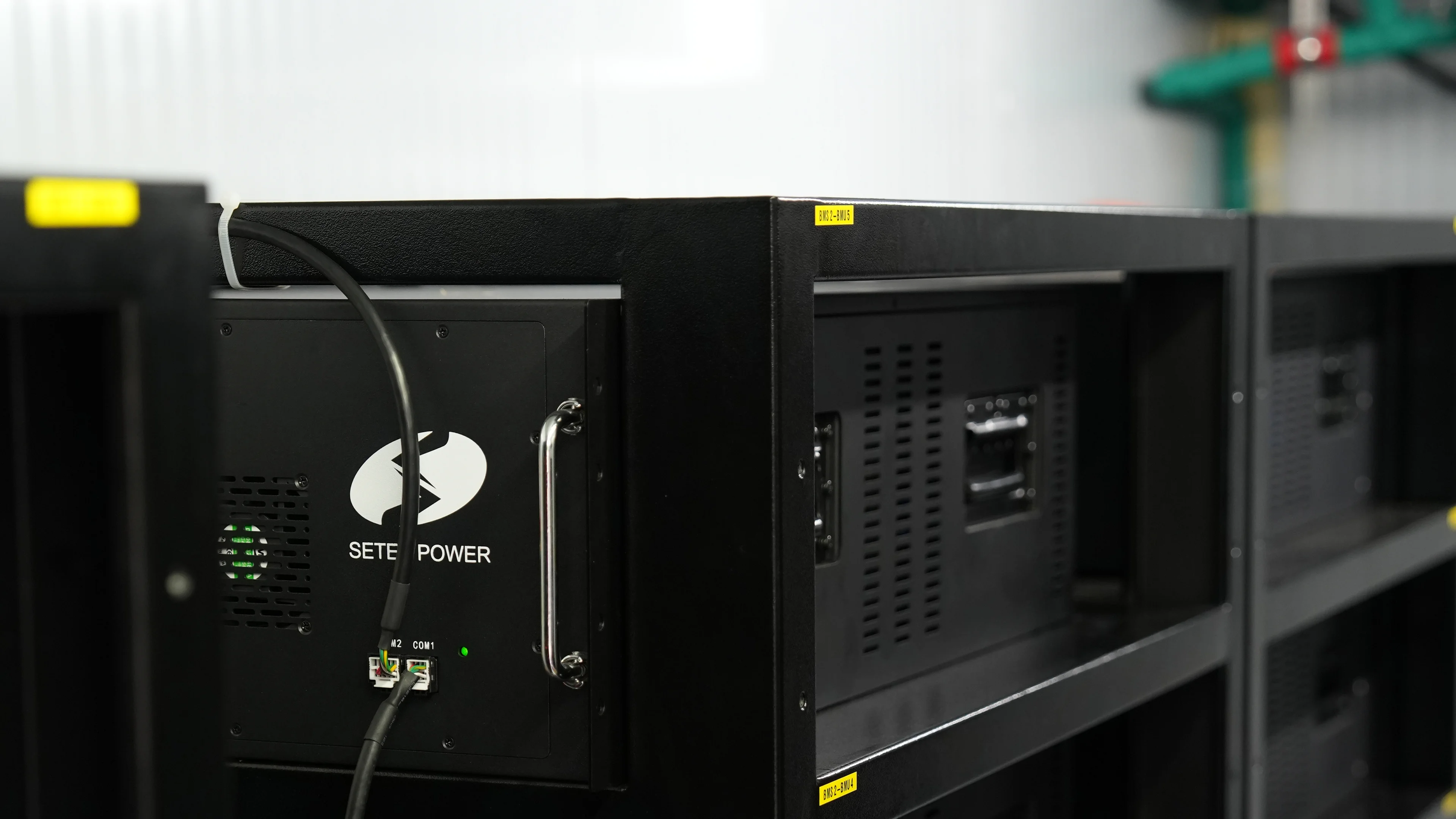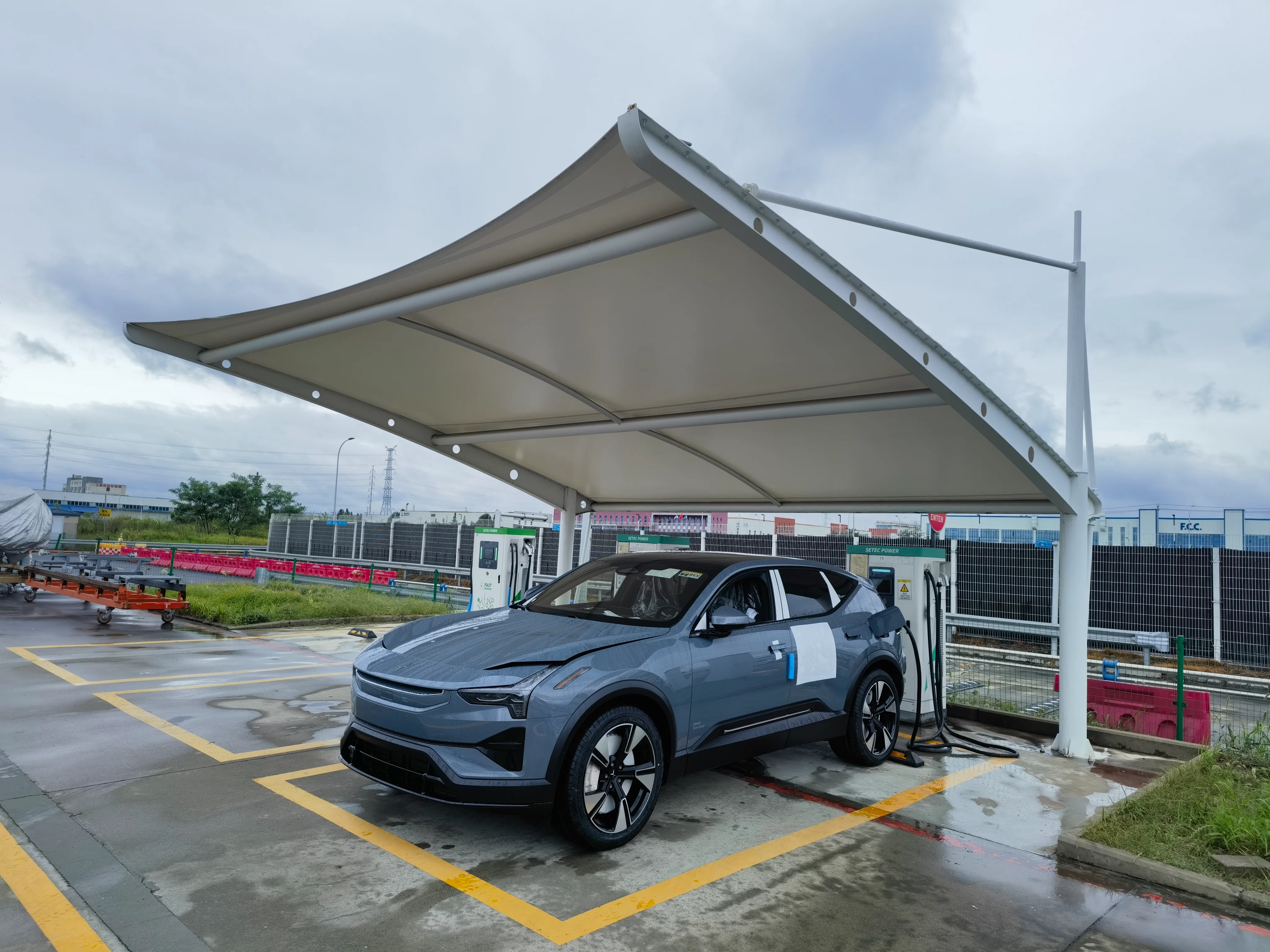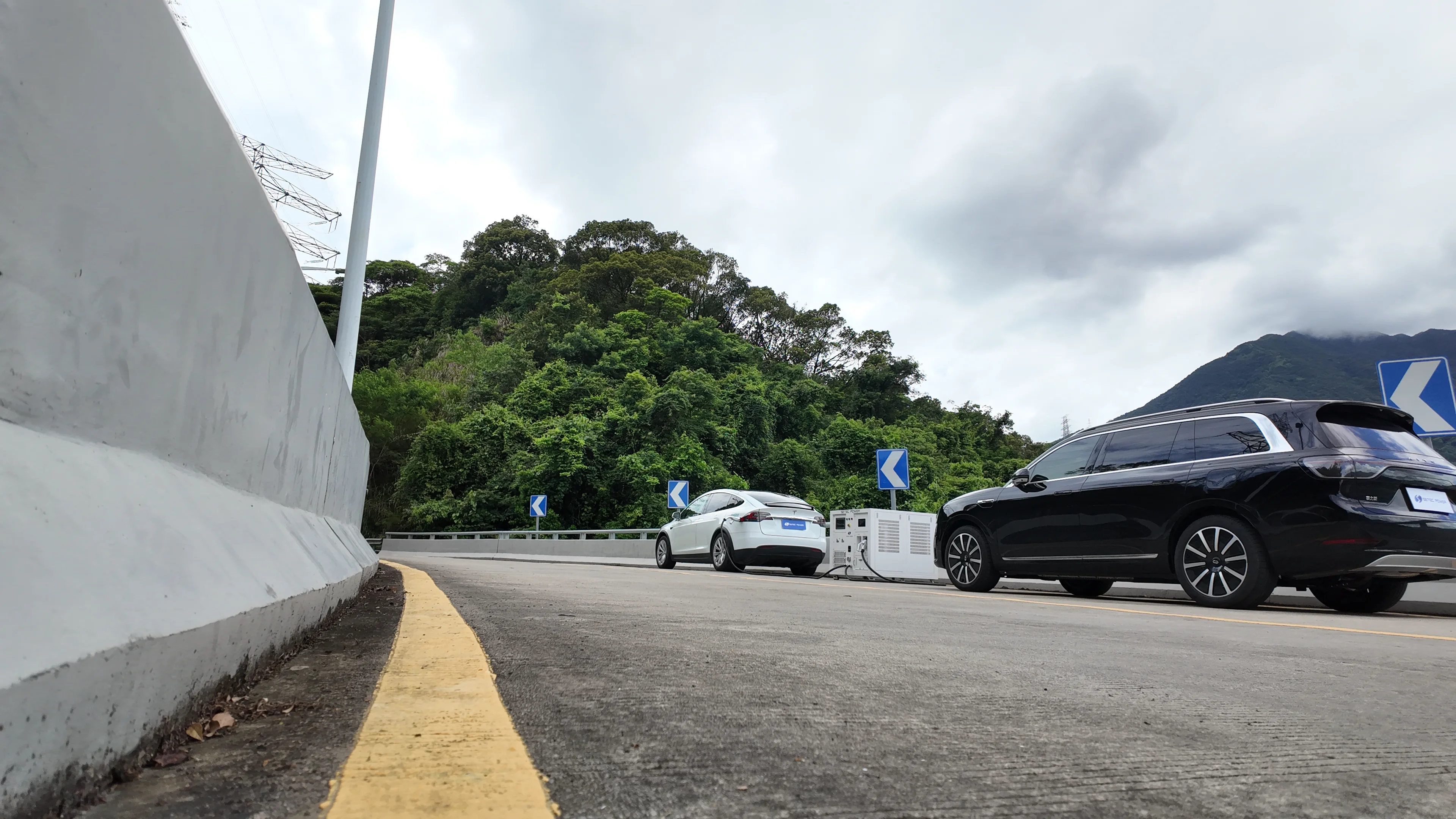Sep 05, 2024
To satisfy the diverse charging requirements in different scenarios, an array of charging stations have been devised. For example, small-volume wall-box charging stations are engineered to operate effectively in confined spaces, providing convenient and flexible charging alternatives. Additionally, portable chargers empower users to charge their vehicles at any time and any place by carrying them along.
In essence, electric vehicle charging stations can be employed in different scenarios with diverse types of chargers due to their distinctive characteristics. It is notable that different types of electric vehicle chargers possess unique attributes beyond merely their physical aspects.
Vertical Charging Station
It is especially appropriate for electric vehicles furnished with large capacity batteries. Its high-power capacity enables the timely and efficient operation of these vehicles. The larger size of the entire vertical charging station allows it to accommodate multiple vehicles concurrently through an increased number of charging guns, thereby optimizing the space utilization within the station while offering services to more vehicles simultaneously.
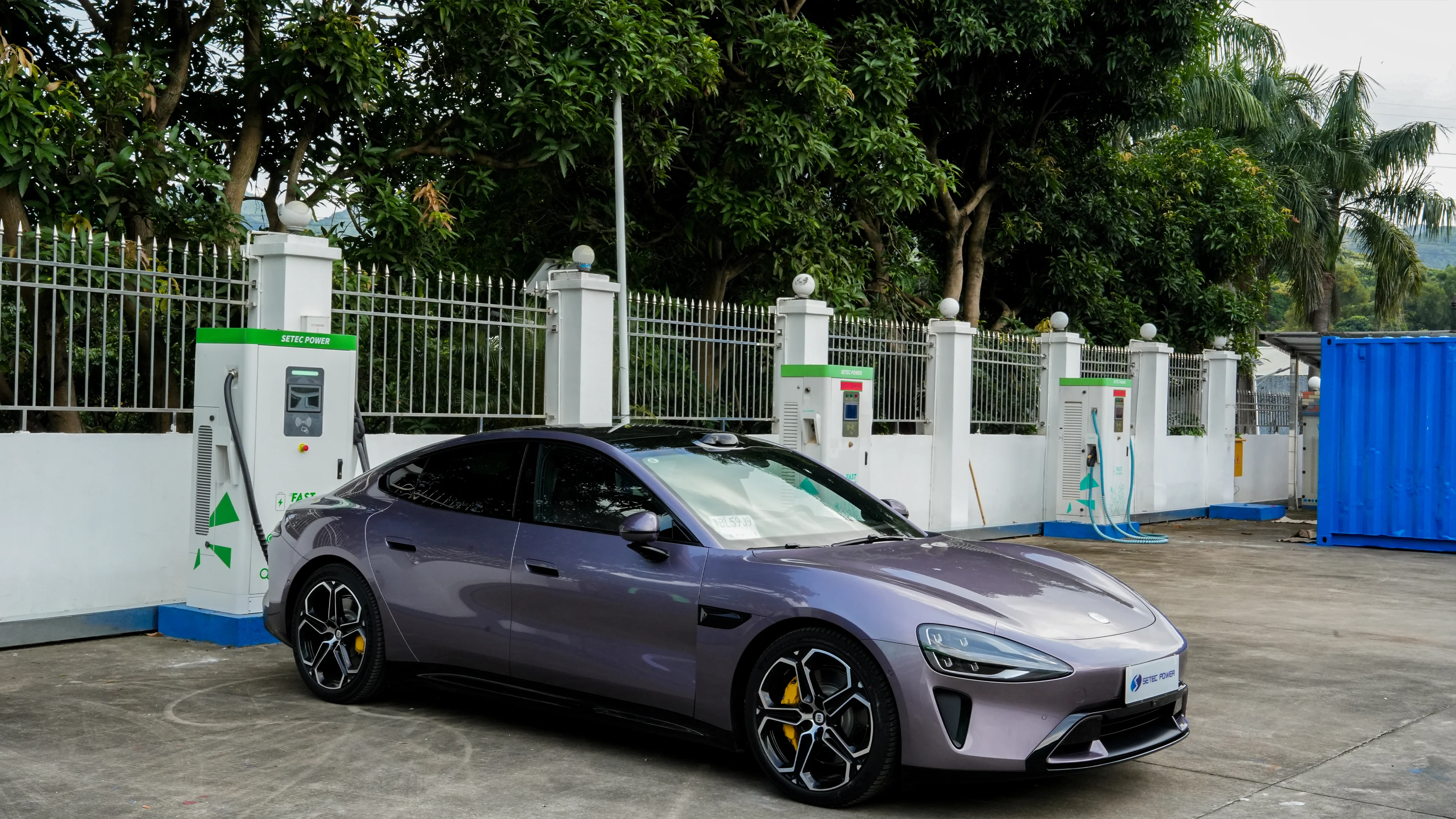
Wall-box Charger
In the domestic context, there is an increasing inclination towards the utilization of wall-box charging stations. This alternative demands less space and dispenses with the requirement of floor placement, thereby enhancing the optimization of home space more effectively.
Typically, the wall-box chargers installed in households provide a general AC output power supply for overnight charging. Nevertheless, they might not be capable of fulfilling immediate DC charging requirements in the event of temporary emergencies. With the advancement of technology, there is a gradual incorporation of DC wall-box charging stations into home settings to address temporary charging inconveniences.
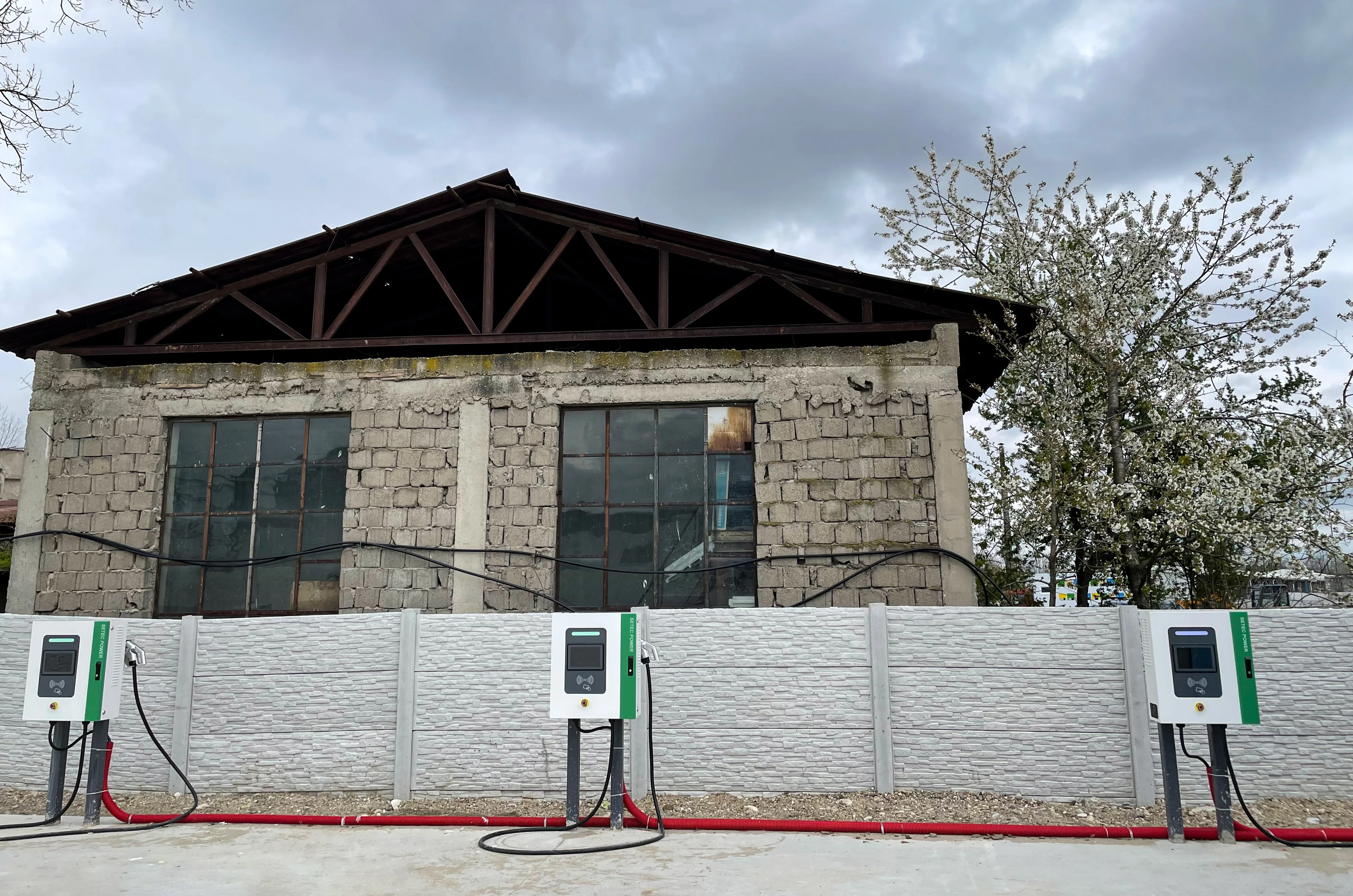
Portable Charger
When the access to an adequate number of charging stations is limited, portable chargers provide the convenience of being carried to wherever they are needed.
It is notable that carry-on chargers are sometimes restricted by the availability of three-phase power in cities where such power is scarce. Hence, portable chargers endeavor to utilize single-phase electricity for charging purposes in order to genuinely enable charging on the go wherever electricity is accessible.
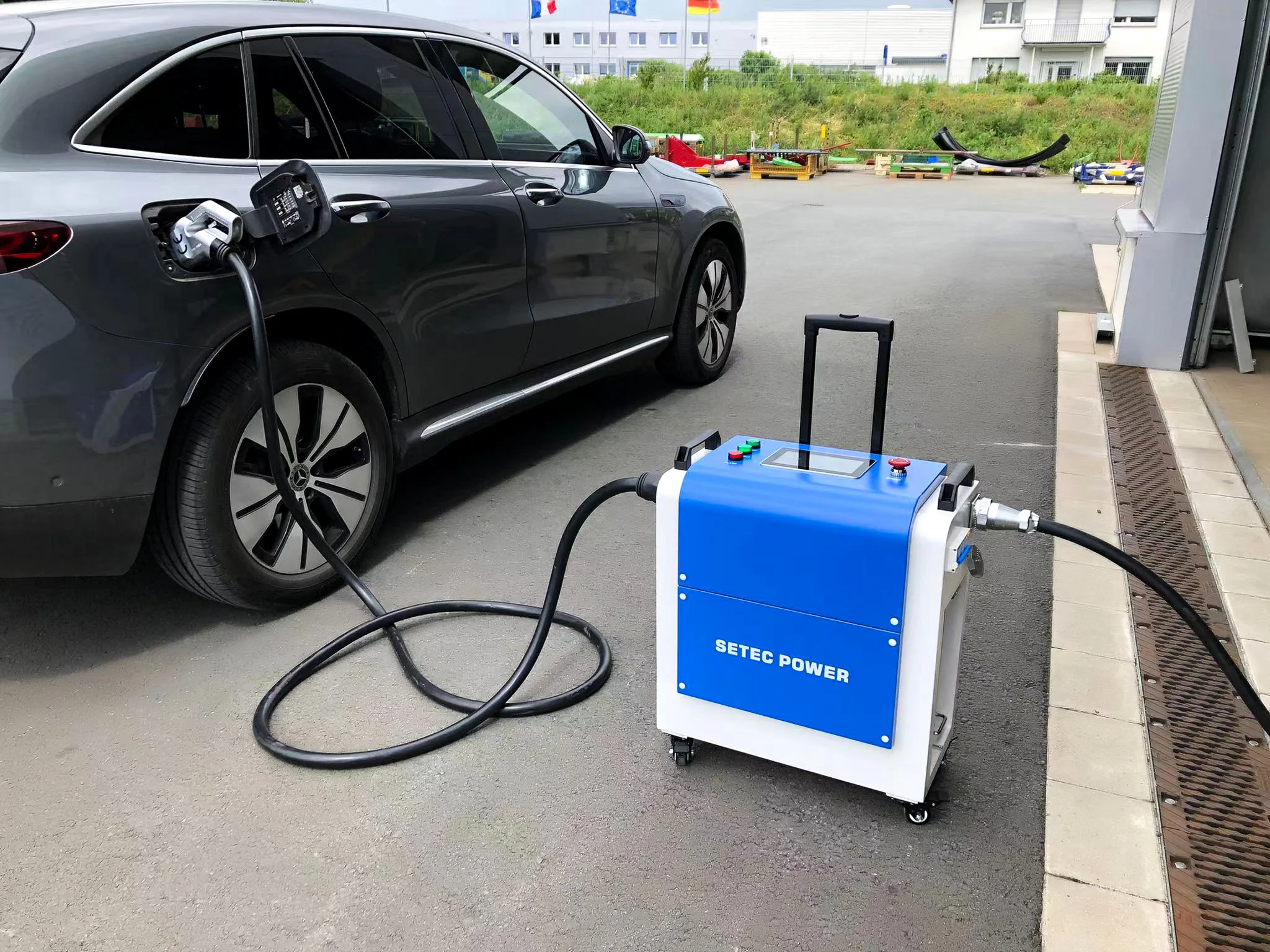
The market presents three common types of chargers, each with its own advantages and specific application scenarios. It is crucial to select the charger that is most suitable for your needs and enables efficient charging of electric cars. By keeping abreast of developments in the era of electrification and comprehending the role of alternative chargers in comparison to traditional ones, we can continue to promote the progress of electric vehicles and accelerate global electrification endeavors.
